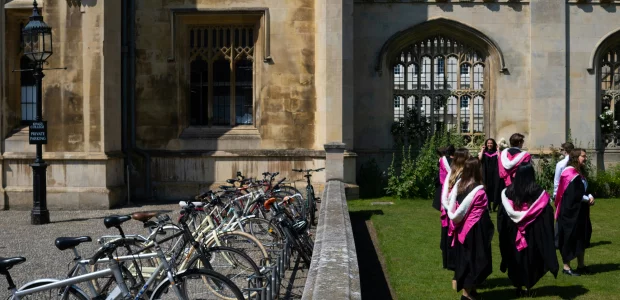
Now is indeed the right time to get things rolling. The earliest application deadlines of top US schools may be as soon as the beginning of September 2016. Not much time left. Here are the milestones of the MBA application timeline for the first part of the year.
January - March 2016
Research and select schools
Start your research to identify business schools and MBA programmes that match both your career goals and your potential. Start by creating your own detailed list of selection criteria. Find details in the article “Which Are the Best MBA Rankings?”. This tool will be instrumental for your focused research, especially because there are an overwhelming number of MBA offerings worldwide.
You can also try our School Finder tool in order to find the programme which suits you best.
At this stage you should look into your short-term and mid-term goals, clarify how you expect that an MBA will help you achieve them. Do not limit yourself to the top schools in media rankings. Be open to different options. Research different programmes in detail. You will be taking final decisions at a later stage.
Prepare for the GMAT
GMAT is an important element of the selection process for US business schools. Moreover, the average GMAT scores at top US B-schools are on the rise.
Focused preparation for the GMAT takes between three and four months. Successful test takers have reported that they invested about 100 hours for study and practice, according to GMAC surveys. The speed of preparation depends on many factors, such as your starting level, type of preparation and progress. It is important to note that your score on mock GMAT tests will be higher than on the real GMAT. See some of the reasons in “Why my real GMAT score is lower”. After your core preparation, allow enough time to practise full-length timed GMAT tests. This is essential for your success.
May - June 2016
Take the GMAT
Book a test date early on, so that you have a choice of dates and time slots during which you will be most efficient. There are two reasons not to postpone the GMAT. First, your actual GMAT score will help you shortlist your targeted schools, because your score should be close to or above the average for each programme. Second, it is wise to allow time to retake the GMAT if you feel you did not perform at your best on the first test. You can retake no sooner than 30 days after the first test. Finally, it takes time for your official score to reach the admissions offices. It is perfectly fine to report your score even before you have started the application.
Shortlist schools
When you have a realistic orientation about your GMAT score, or as soon as you have your actual score, you can shortlist the schools where you will apply. Depending on how good your score is, you can select the best schools among those identified in your initial research at which you have chances for admission. Your objective is not just to apply, but to gain admission. Isn’t it?
In the first part of the MBA application timeline you should aim to achieve the best selection of business schools adequate for you, and achieve a GMAT score as high as you can. These are both elements of the application process which are entirely within your control. The quality of your work at this stage has crucial implications on the actual application process and your chances for admission.
I will discuss the next steps in MBA Application Timeline Part 2 of this article. In the meantime, I look forward to your questions and comments.



Comments